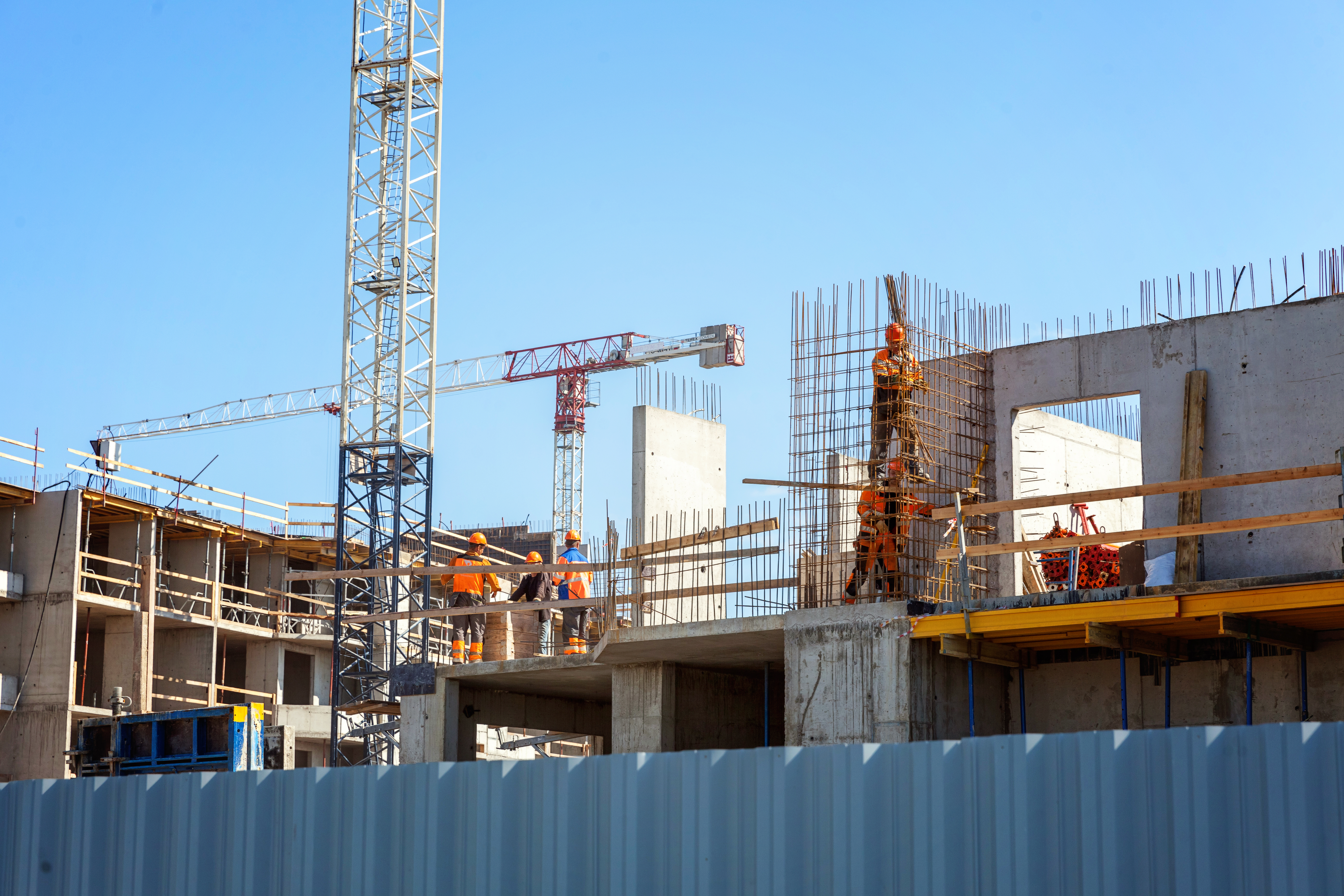Offset insufficient: Provision of an environmental offset 60km away is not enough to overcome loss of environmental values
By Ben Caldwell
An appeal against the refusal of a development application for a new low-density residential precinct at Agnes Water is dismissed due to its significant impacts on the biodiversity values of the site despite the site being subject to an existing development approval which would cause similar impacts.
In brief
In the case of Brades Property Agnes Water Pty Ltd v Gladstone Regional Council [2025] QPEC 24, the Planning and Environment Court of Queensland (Court) dismissed an appeal by Brades Property Agnes Water Pty Ltd (Brades) against the decision of the Gladstone Regional Council (Council) to refuse a development application for a preliminary approval (including a variation request) for a material change of use to establish a new low-density residential precinct and reconfiguring a lot for 158 residential lots. The Court found that the proposed development failed to demonstrate overwhelming community and economic need, did not adequately address significant ecological impacts, and that the existence of an earlier development approval for a 360 dwelling manufactured housing estate did not justify the approval of the proposed development.
Background
The site the subject of the appeal was included in the Emerging community zone and subject to overlays for bushfire hazard, steep land, and biodiversity. It was also identified within the Our Environment and Heritage Strategic Framework map as an area of high ecological significance and within a strategic environmental corridor.
In 2019, Brades had obtained an approval for a Retirement Facility (Manufactured Housing Estate) which if developed would comprise of 360 manufactured dwellings. The existing approval allowed for extensive earthworks and all of the vegetation on the site to be removed.
The proposed development was for a 158 residential subdivision which would also require all of the vegetation on the site to be removed and significant earthworks.
The Court dismissed the appeal, having found the proposed development does not comply with the relevant assessment benchmarks relating in particular to need and ecological impacts, and that the existing development approval is not to be awarded determinative weight in favour of approving the proposed development.
Issues
The Court identified four key issues:
-
Issue 1 - Whether there was an overwhelming (or overriding) community and economic need for the proposed development.
-
Issue 2 - Whether the proposed development would give rise to unacceptable ecological impacts.
-
Issue 3 - The relevance and weight to be given to the existing development approval for a manufactured housing estate.
-
Issue 4 - Whether there were other considerations justifying approval despite non-compliance with planning scheme benchmarks.
Issue 1 - Community and economic need
The expert evidence found there was only a modest level of need for additional dwellings in the area, especially when the existing approval for 360 manufactured dwellings was factored in. The Court found that Brades had failed to demonstrate the requisite level of need, noting that the proposed development would result in fewer dwellings overall, but of a different type, and that the need for different dwelling types was not meaningfully analysed.
Issue 2 - Ecological impacts
The site contains significant biodiversity values, including remnant vegetation and habitat for threatened species. The ecology experts agreed the site was correctly mapped as of high ecological significance. The Court found that the proposed development made no attempt to avoid or minimse impacts to the biodiversity values of the site. The proposed environmental offset to be provided at Benaraby, which was 60 kilometres away, was found to be of negligible value, conditional, and not compliant with the relevant assessment benchmarks. The Court therefore found that the proposed offset did not mitigate the destruction contemplated by the proposed development.
Issue 3 - Weight to be given to the existing development approval
Brades argued that the existing development approval should be given determinative weight. However, the Court noted the existing approval will lapse in April 2026, and significant operational work and compliance hurdles remained, making it unlikely the approval could be implemented in time. The existing approval was also granted without a proper ecological assessment, and subsequent development on adjoining land had compromised aspects of the approved plan. In the circumstances, the Court concluded the existing approval should not be determinative.
Issue 4 - Other relevant matters
The Court found no relevant matters or discretionary considerations that justified approving the proposed development in light of its serious conflicts with the planning scheme.
Conclusion
The appeal was dismissed and the proposed development refused as:
-
it was in serious conflict with multiple provisions of the planning scheme, particularly in respect of need and ecological protection;
-
Brades had failed to demonstrate overwhelming community and economic need;
-
the proposal did not address or mitigate its significant biodiversity impacts;
-
the existing approval did not justify approval of the proposed development, given it was unlikely it could be implemented prior to the time it would lapse and the approval had lacked a proper ecological assessment.
Key points
The Court’s decision underscores the following:
-
a proposed development should seek to comply with assessment benchmarks in respect of the ecological values of a site;
-
significant impacts to the biodiversity values of a site cannot always be compensated by the provision of an environmental offset, particularly if the offset is remote from the site of the proposed development;
-
having an existing development approval does not guarantee future development rights, particularly where new evidence or changed circumstances reveals significant impacts or a lack of need.

